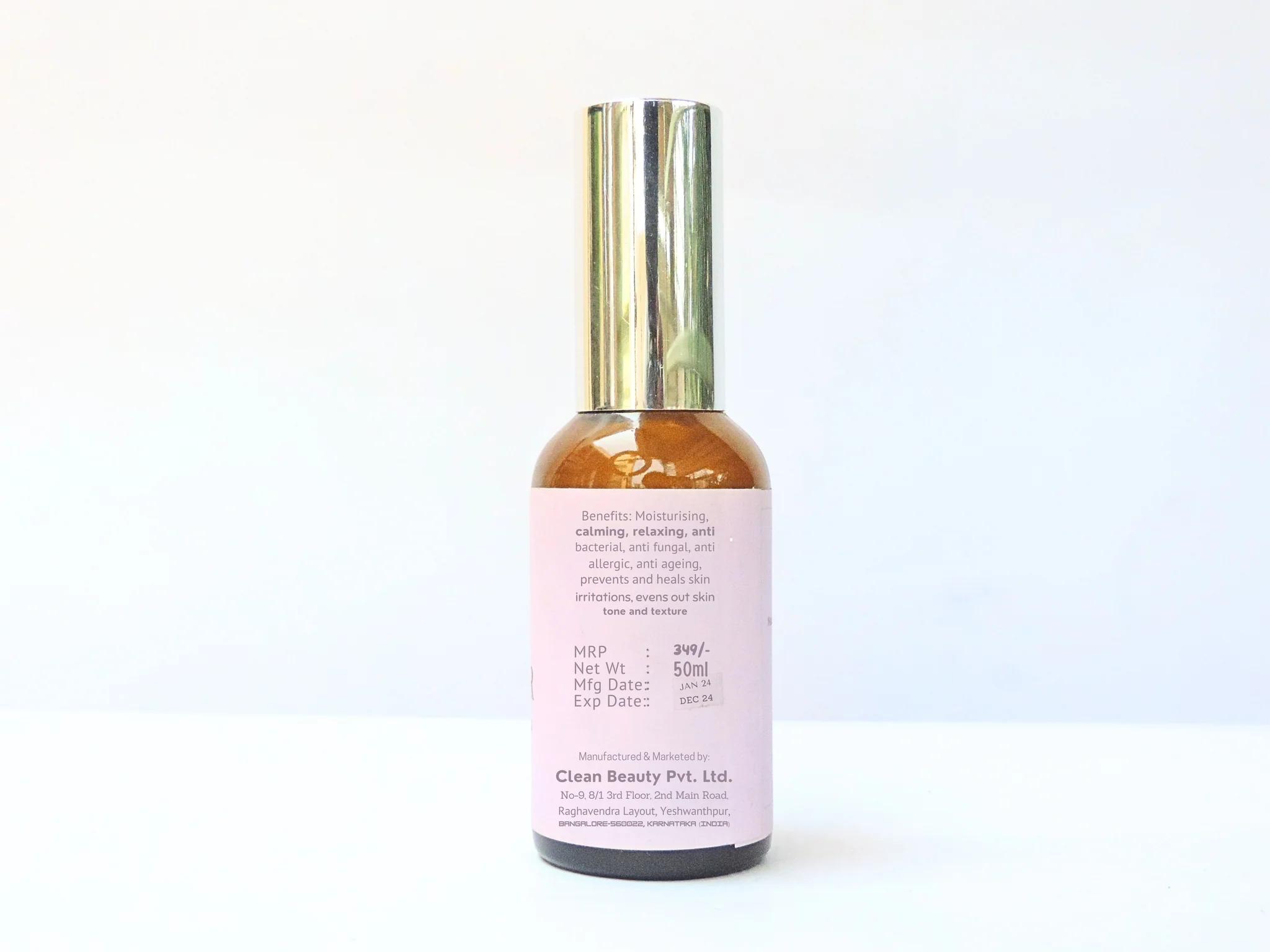Natural Body Care, Natural Body Lotions
Lavender Body Lotion
₹349.0
Benefits:
| 1.Moisturizes and nourishes skin. 2.Softens and soothes. 3.Improves skin texture and appearance. |
Ingredients-
| Aqua, Glycerin, Caprylic/capric triglyceride, Ceteary! Alcohol, Cetearyl Olivate, Sorbitan Olivate, Cocos Nucifera (Coconut) Oil, Prunus Amygdalus Dulcis Oil, Niacinamide, cetal alcohol, Theobroma Cacao Seed Butter, Butyrospermum Parkii Butter, Squalane, Hydrogenated Polydecene, Trideceth-10, Sodium Polxactloxldimethul Taurate, Benzyl Alcohol, Salicylic Acid, Sorbic Acid, Sodium Gluconate, Xanthan Gum, Panthenol, Camellia Sinensis Leaf Extract, Tocophery! Acetate, Lavandula Officinalis (Lavendula Angustfolia) Flower Oil. |
Benefits:
| 1.Moisturizes and nourishes skin. 2.Softens and soothes. 3.Improves skin texture and appearance. |
How to use:
| Take an adequate amount of lotion on your palms. Apply evenly and massage onto your body in sections. |
You must be logged in to post a review.
Q & A
There are no questions yet
- Ingredients Sourcing and Processing:
- Organic and Ethical Sourcing: If the lavender used in the lotion is sourced from organic farms or sustainably managed fields, it reduces the environmental impact compared to conventionally grown lavender. Organic farming practices often use fewer synthetic inputs and promote soil health and biodiversity, contributing positively to sustainability.
- Local Sourcing: Locally sourced ingredients reduce transportation-related carbon emissions. For instance, if the lavender is grown and processed near the manufacturing facility, it reduces the product's overall carbon footprint.
- Manufacturing Process:
- Energy Efficiency: Sustainable manufacturers often prioritize energy-efficient production processes. This might include using renewable energy sources for manufacturing, reducing energy-intensive steps in formulation and packaging, and optimizing production to minimize waste.
- Water Usage: Efficient water management during production is crucial. Sustainable practices include recycling water, using water-efficient processes, and minimizing overall water consumption.
- Packaging:
- Recyclable or Biodegradable Materials: Sustainable products often use packaging materials that are recyclable, biodegradable, or made from recycled materials. This reduces landfill waste and promotes a circular economy.
- Minimalist Packaging: Avoiding excessive packaging reduces material usage and transportation emissions associated with packaging.
- Lifecycle Considerations:
- Biodegradability: The product's biodegradability ensures that after use, it breaks down naturally without harmful environmental impacts.
- Longevity and Usage: Products designed to be long-lasting or used sparingly reduce the frequency of repurchase and subsequent transportation emissions.
- Certifications and Standards:
- Certifications: Look for certifications such as USDA Organic, Ecocert, or other local organic certifications that verify sustainable sourcing and manufacturing practices.
- Carbon Footprint Calculation:
- Life Cycle Assessment (LCA): LCAs quantify the environmental impact of a product throughout its lifecycle, from raw material extraction to disposal. A low carbon footprint is achieved by reducing emissions at each stage, including raw material extraction, transportation, production, distribution, and disposal.
No more offers for this product!
General Inquiries
There are no inquiries yet.



















Reviews
There are no reviews yet.